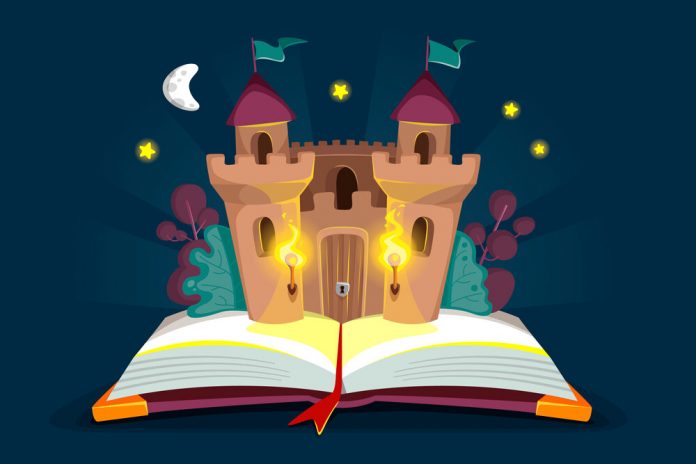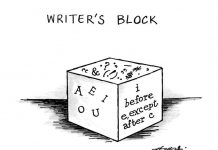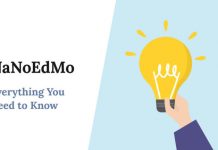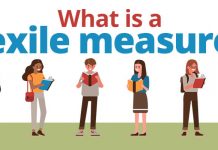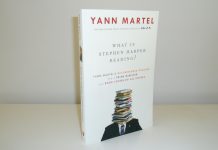Today Tolkien’s fame rests on The Lord of the Rings, the book which is the basis of the blockbuster film directed by Peter Jackson, but Tolkien was, first, Professor of English Language at Leeds University in the UK before in 1925 leaving Leeds to become Professor of Anglo-Saxon at Oxford University.
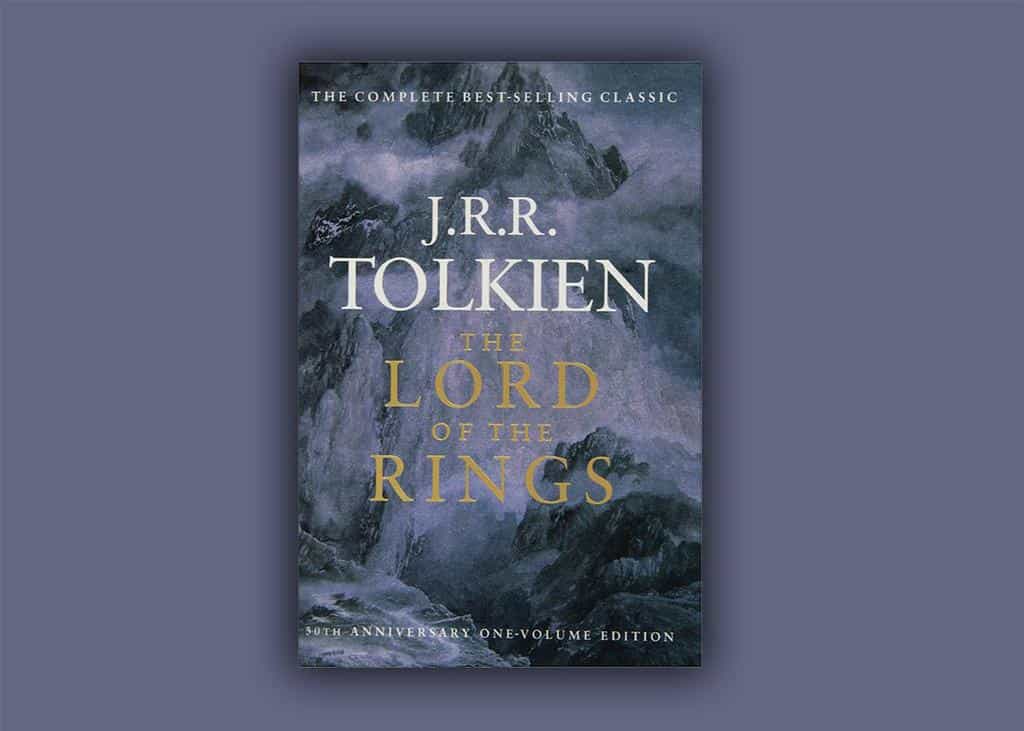
Professor Tolkien of Oxford University
Whilst at Oxford, Tolkien wrote and published a number of scholarly works that remain valued contributions to the academic study of English literature to the current day. Amongst these works were articles on Chaucer and the Anglo-Saxon epic poem Beowulf, and an oft-cited essay on the topic of the Fairy Story (or as Tolkien called the land in which fairy stories take place, ‘faerie’).
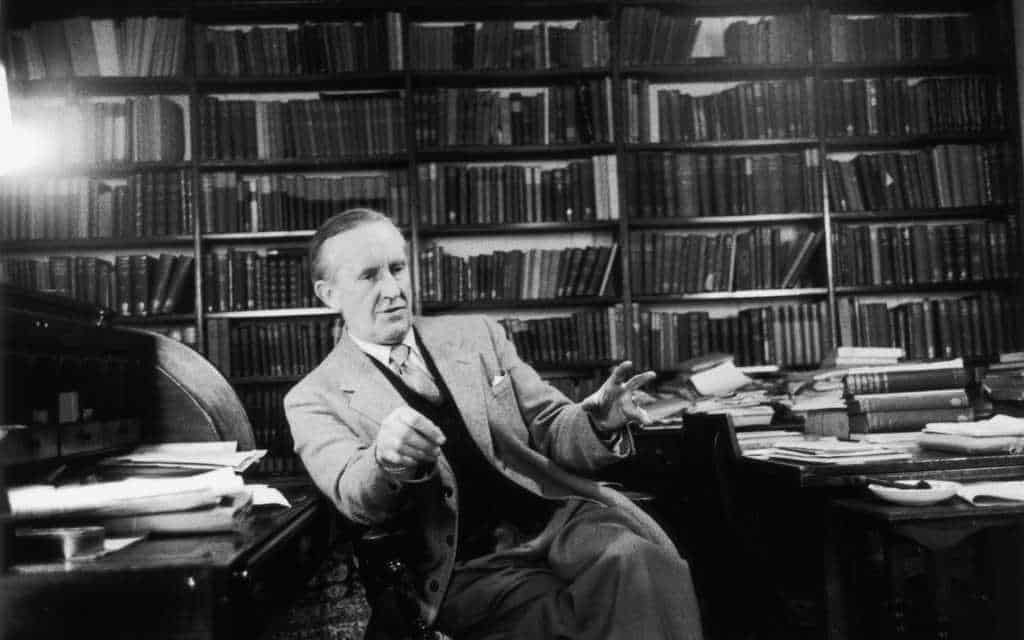
Tolkien’s ‘On Fairy-Stories’
Tolkien’s “On Fairy-Stories” was originally written as a lecture to be given at Scotland’s St Andrew’s University in 1938. He revised the lecture for publication in 1947 in an Oxford University Press book titled Essays Presented to Charles Williams and the essay was then re-published by Allen and Unwin in Tree and Leaf.
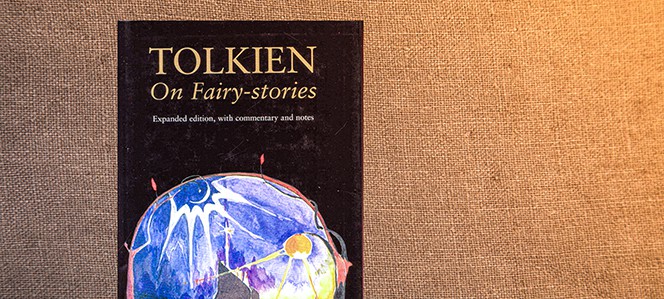
Tree and Leaf is a short book with the essay “On Fairy-Stories” being joined by the short story Leaf by Niggle, a story published in 1947.
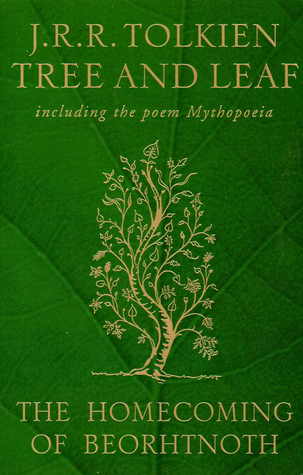
What is a Fairy Story?
In his essay, Tolkien analyses the concept and practice of the fairy story and concludes that most fairy stories do not in fact have fairies in them. He cites “Puss in Boots” and “Little Red Riding Hood” as examples.
Tolkien also asks the question, who are fairy stories written for and concludes that traditionally fairy stories were not written primarily for children and argues that the association of the fairy story with children is an accident of recent history.
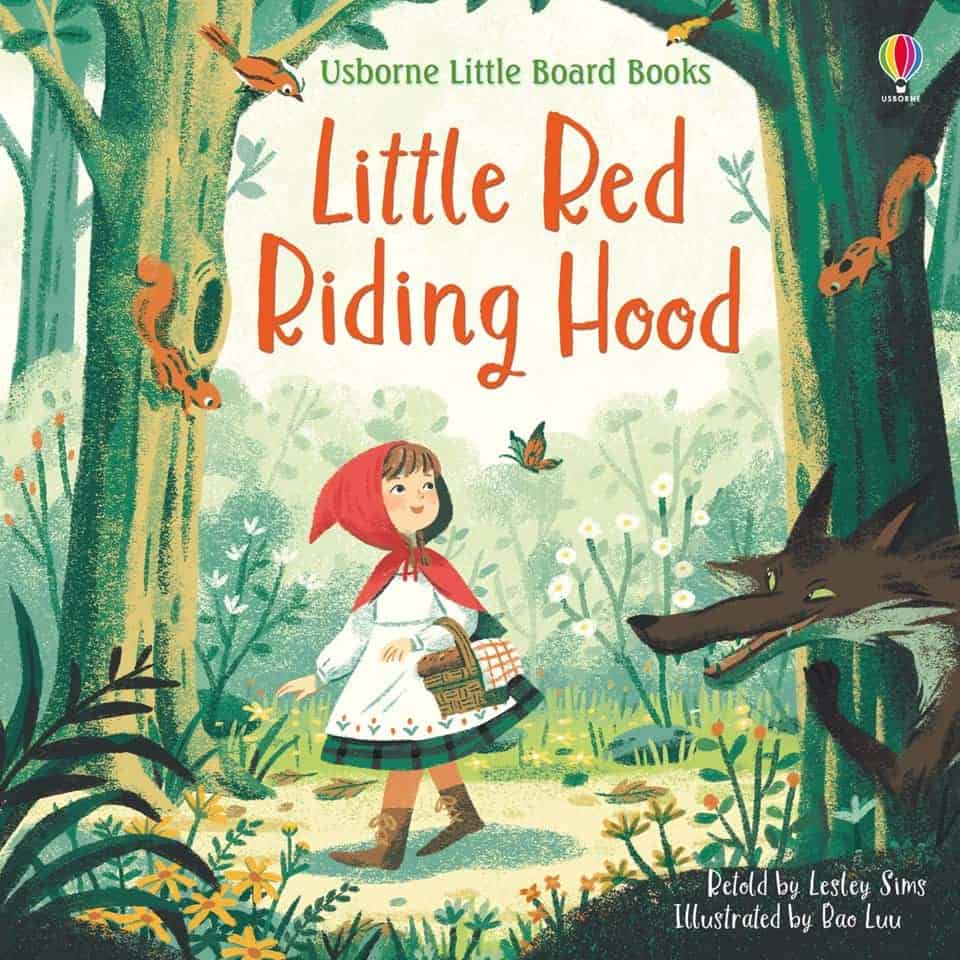
The most important thing about a fairy story is that the writer or, as in bygone days where oral story telling was the norm, the story teller should create a self-contained world which the reader or listener can enter and, once having entered, find it self-consistent and with its own internal logic.
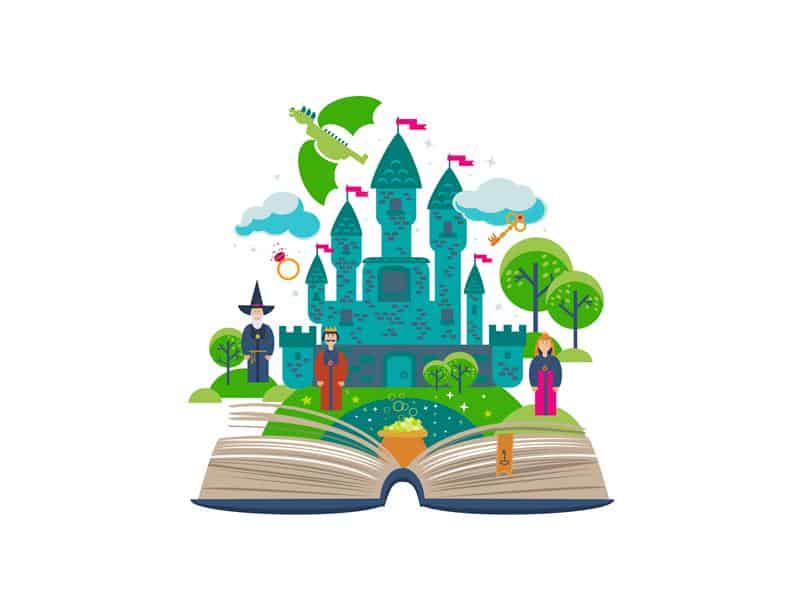
According to Professor Tolkien, the Fairy story should not have to rely on the sudden insertion of magic or fantasy to move the story on unless that is built into the universe that the story teller has created.
Why Should Tolkien’s “On Fairy-Stories” Be Read Today?
Tolkien’s essay “On Fairy-Stories” deserves to be read both by those seeking to understand the nature of the fairy story as an art form, but also by those lovers of Lord of the Rings and The Hobbit who seek to understand how the author of these two great works understood the form in which he was writing.
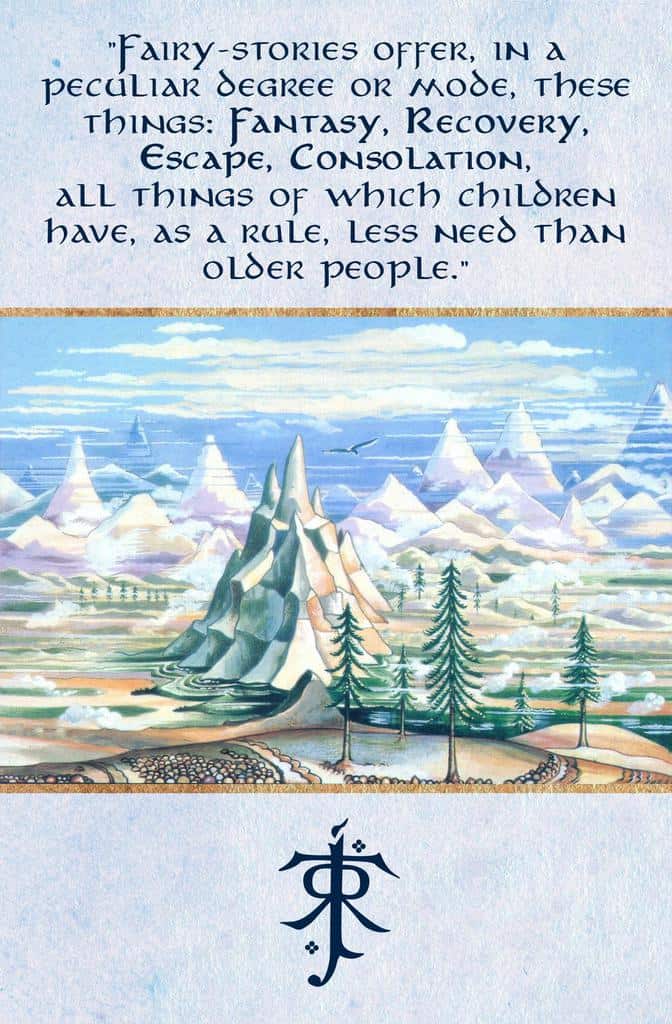
“On Fairy-Stories” lays down the ground rules by which Lord of the Rings and The Hobbit were written. It deserves to be read as much as do those masterpieces.


